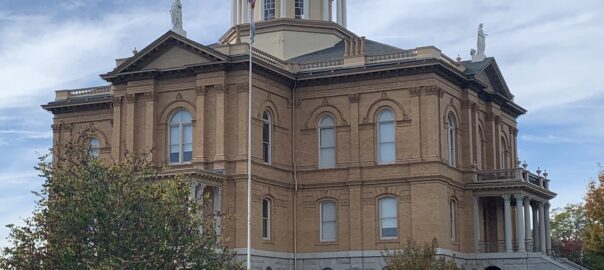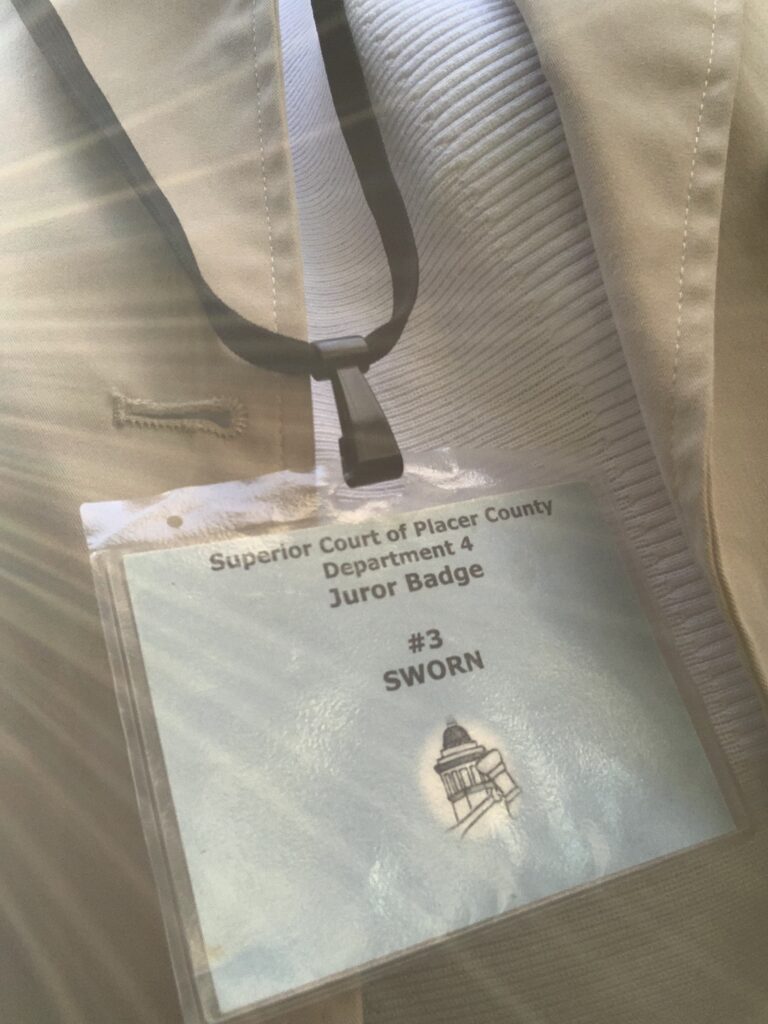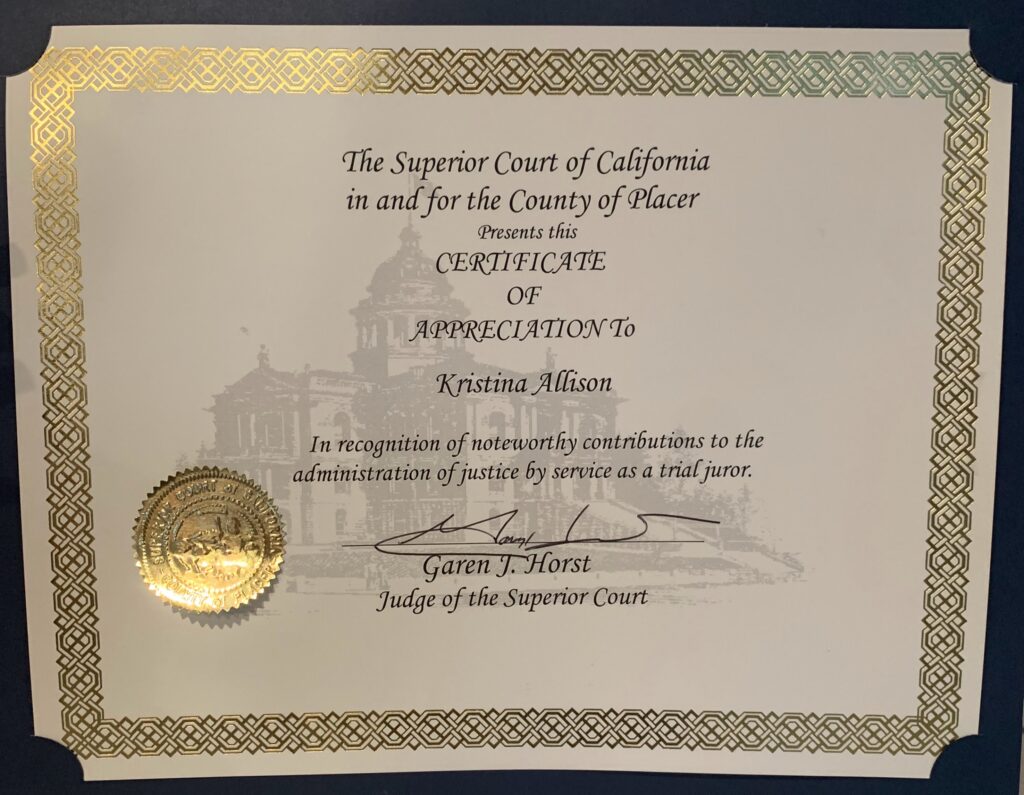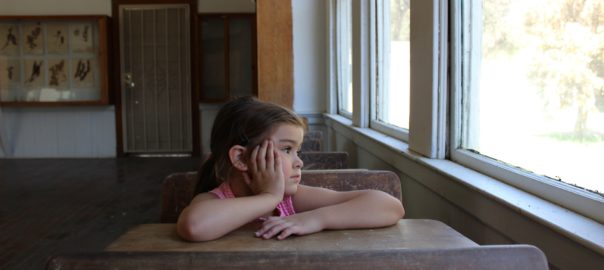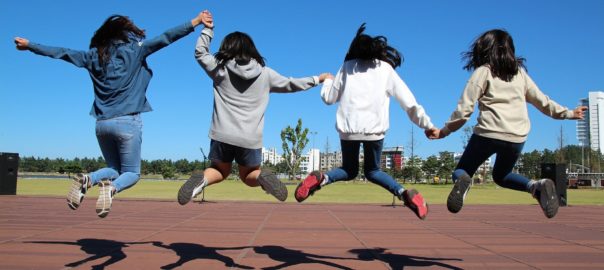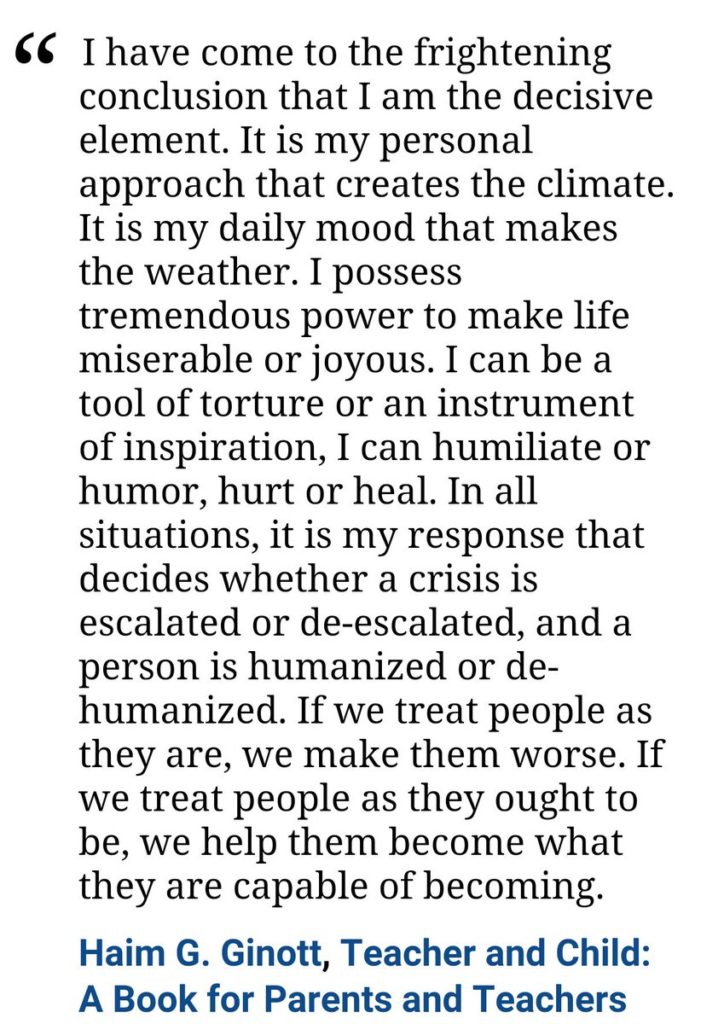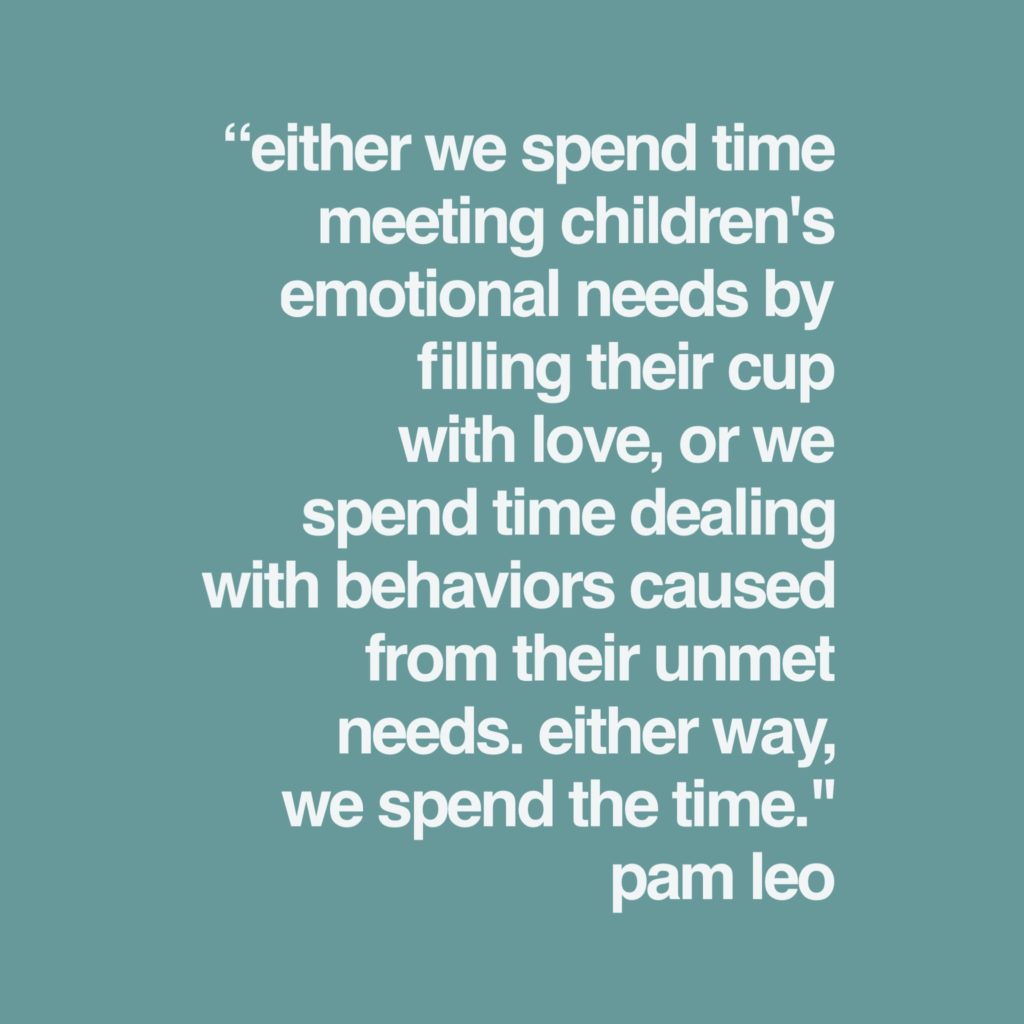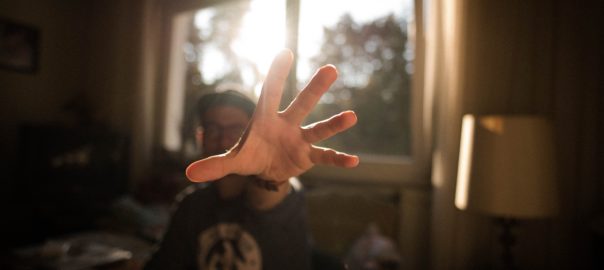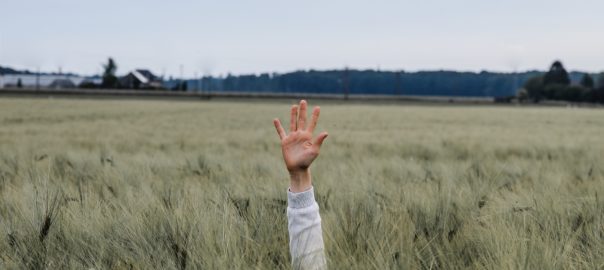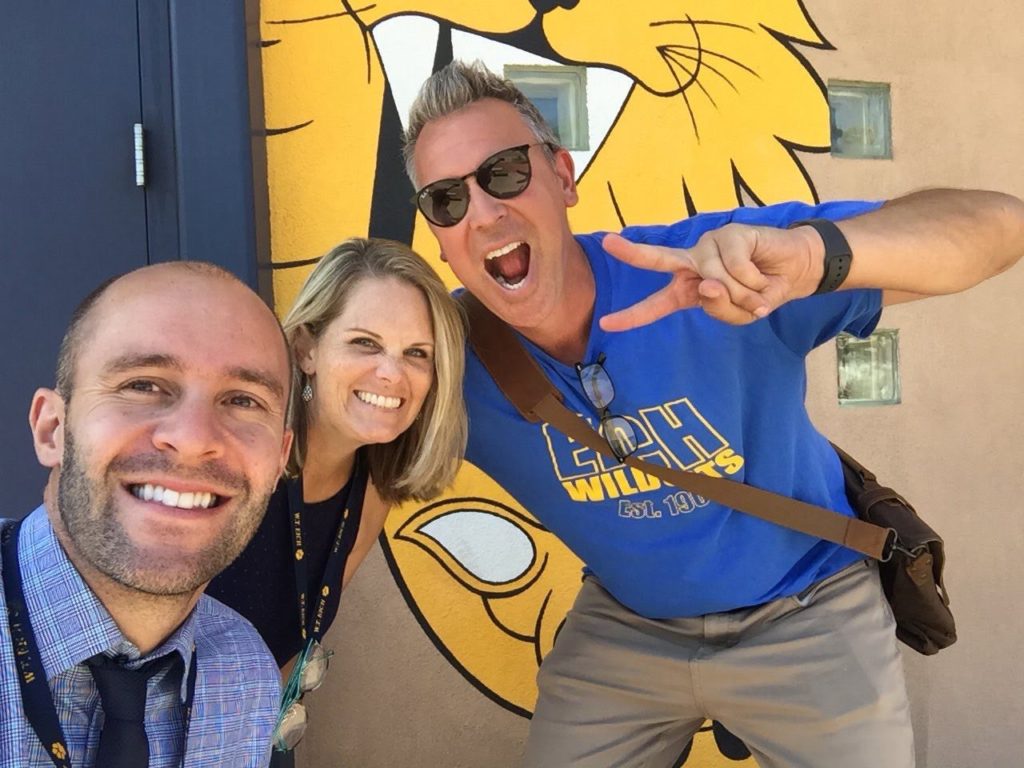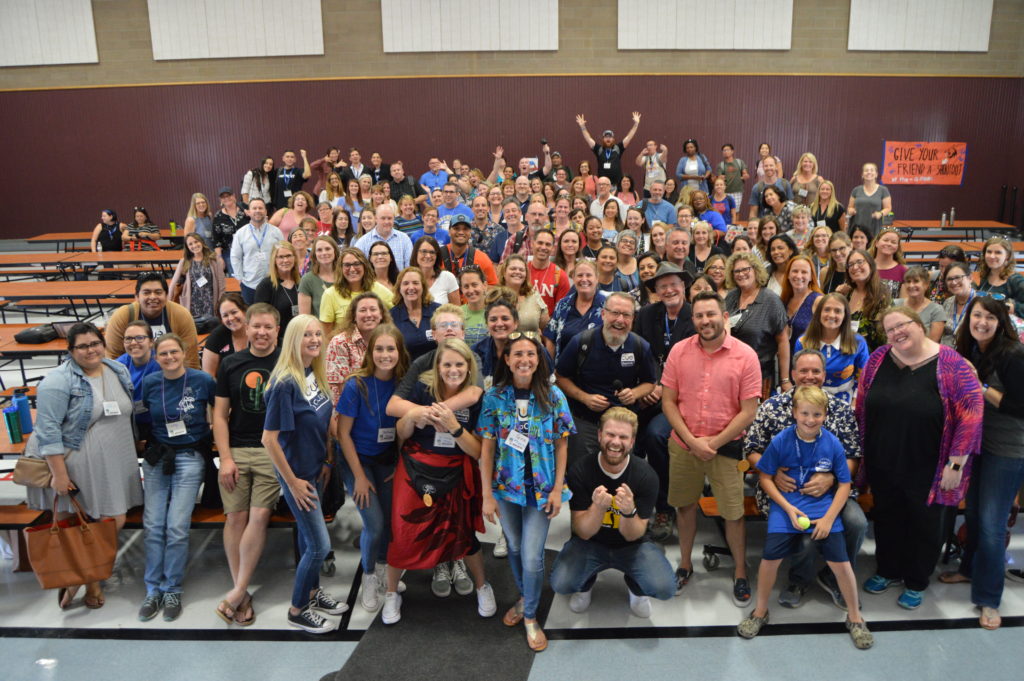As 2023 comes to a close, I find myself in a bittersweet moment of my life. I have been asked to fill in as an interim principal at an amazing elementary school in my district for the remainder of the school year. While I am humbled, honored, anxious, and seriously excited, leaving students and staff of my current school is not easy. In fact, it’s really hard. The past four and a half years have been the most rewarding of my career. Being an assistant principal of a middle school before, during, and especially after COVID restrictions presented experiences no one ever would have imagined. The books we could write! While it was hard, it was the best job I had ever had. Mostly because I was able to navigate the storms with some of the best people around. My team of educators and support staff made every day fun and rewarding. I am a true believer that you can do anything if you have the right people by your side. While my future is unwritten after June, I need to say goodbye to these incredible humans for now.
Eich Fam,
I will try to get through the day without crying too much, but I wanted to send a “Shout Out” to all of you.
I started at Eich in Fall 2019. That eighth-grade class taught me patience, how to write up suspensions correctly in PowerSchool, and how to love a student even when he breaks your heart. Then all of a sudden, it was March and we were home, trying to get kids to engage on Zoom, all while making tons of videos. (Remember all the videos? Darren missed his calling).
We made it through mask mandates, social distancing, mask protests, and learning loss. (Well, we’re still working on that last one). We have slowly made our way back to this “normal” with our village furnishing students with endless amounts of grace and understanding. Oh, and kindness. Always kindness.
Through all of it, you guys have been my family. You have kept the laughter flowing and the love for students growing. You have taught me to believe in myself, reflect on my shortcomings, persevere, and improve. I owe each of you so much. I could not have asked for a better group of people on this crazy middle school journey. I thank you from the bottom of my heart.
So, cheers to some of the greatest years of my life! My Eich family has made it worth every moment!
Much love,
Kristina xoxo
Cheers to the past four and a half years and to a new beginning this January. The best thing about making friends at work is they can still be friends outside of work!

